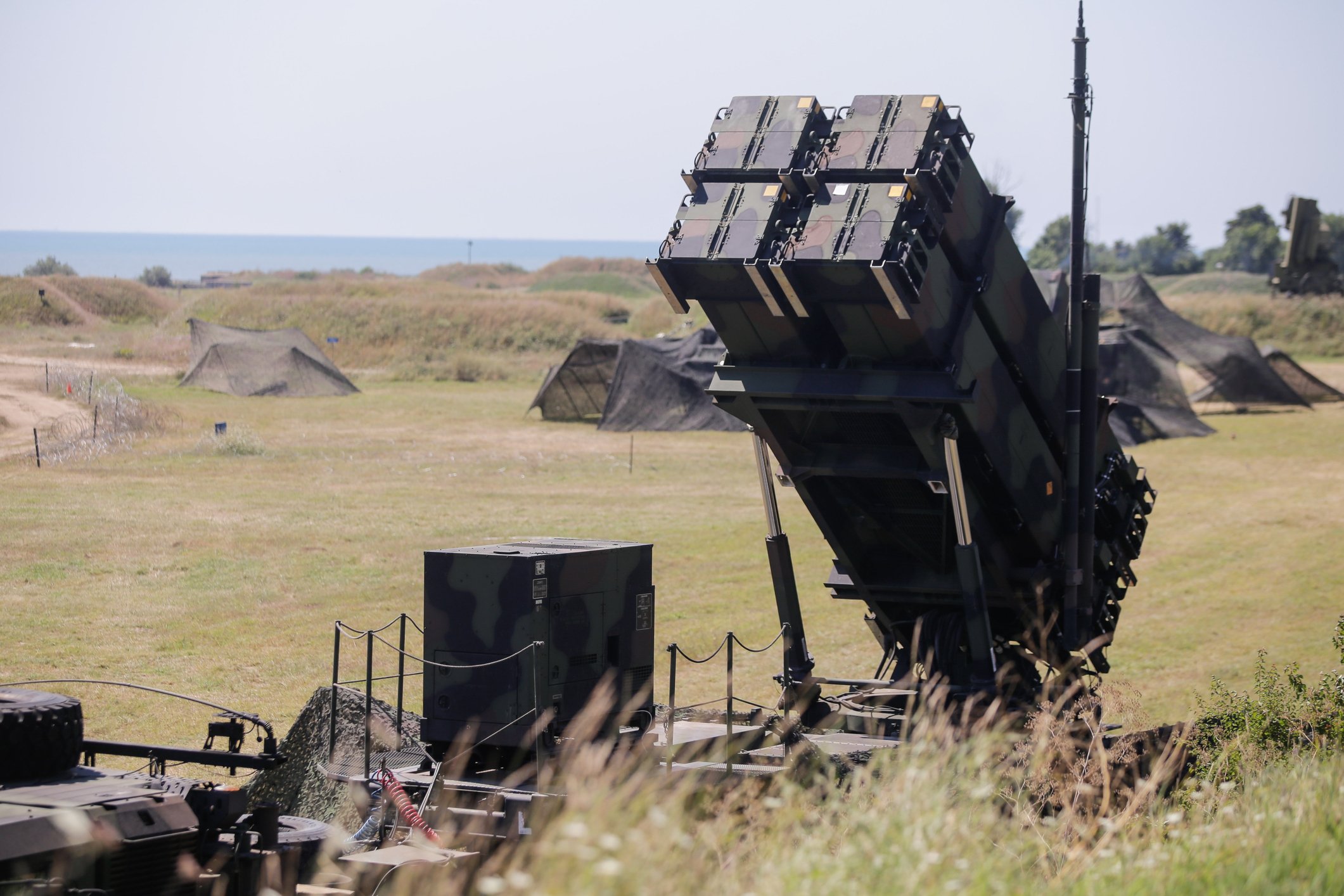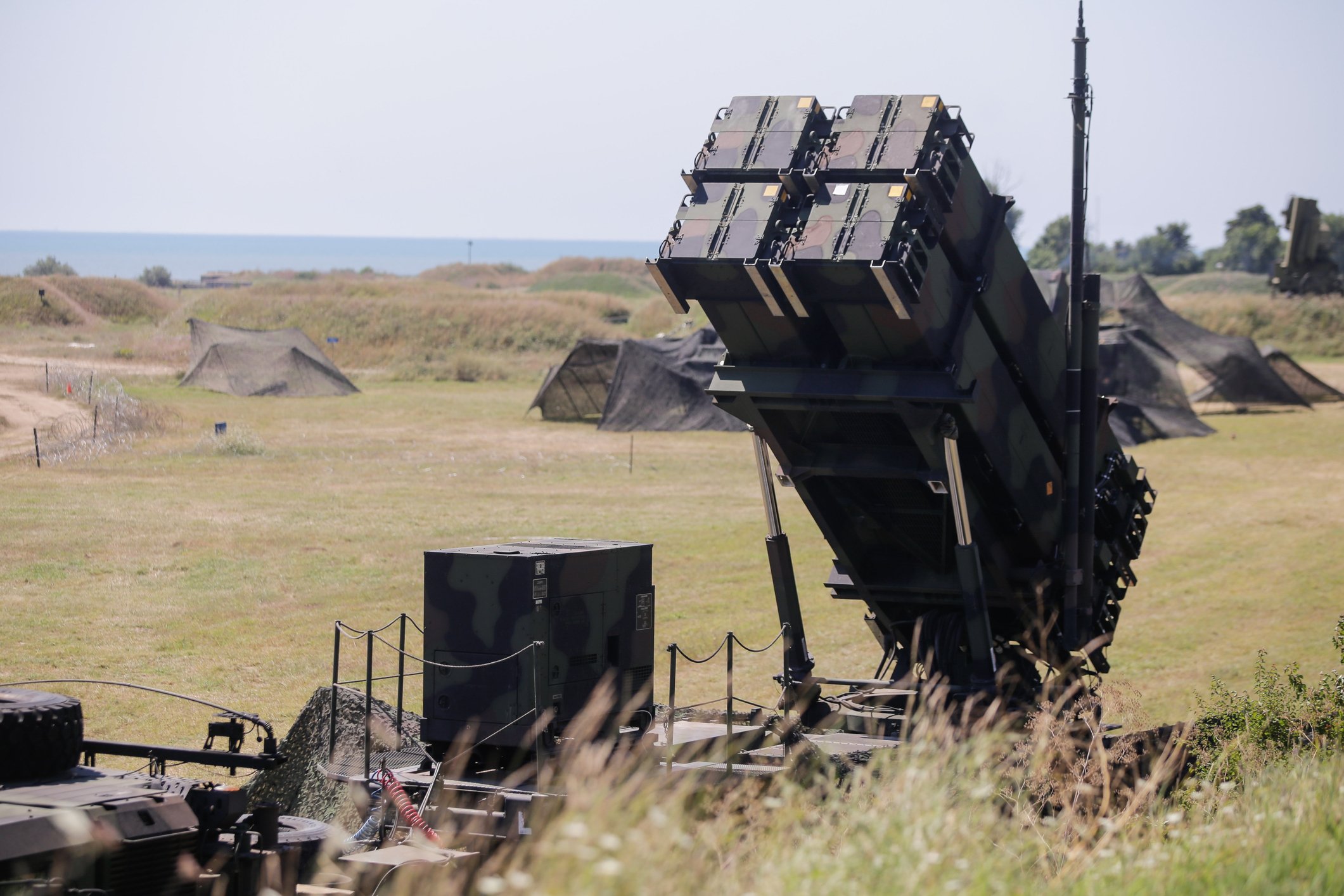Lockheed Martin (LMT +1.92%) has reached a tentative agreement with the Pentagon on the next batch of F-35 fighters, cutting the price by 8.8% on the base unit. Even with the discount, the order, which is valued at $34 billion, would rank as the largest single defense deal in world history.
The agreement, which comes after months of negotiations, is expected to be finalized by August. It "marks the largest procurement in the history of the Department and provides a best value for our warfighter and taxpayer, incentivizes industry to continuously improve their performance and achieves the lowest F-35 unit prices per aircraft to date," Vice Adm. Mathias Winter said in a Pentagon statement to reporters.
The order, while expected, is significant for Lockheed Martin. The total price is a healthy reminder to shareholders just how valuable this program can be as the company finally ramps up production. Perhaps more importantly, the discount will help accelerate Lockheed's quest to get the base price below $80 million, which should help it firm up demand in the U.S. and attract more orders overseas.
Lower price, bigger audience
Lockheed Martin has long said it believes it can get the unit price for the base-model F-35A below $80 million as its manufacturing process matures and it gains efficiencies through larger orders. This batch of F-35As are priced at about $81.35 million, down from $89.2 million when the two sides last negotiated in August 2018.
The agreement is officially for only one-year's worth of orders, because the Pentagon can't purchase equipment in future years until Congress approves a budget for those years allocating the funds. But the deal includes two-years' worth of options that envision the U.S. buying about 160 frames per year at a base price below $80 million by the end of the deal.

The Lockheed Martin F-35 program is nearing its destination. Image source: Lockheed Martin.
The lower price tag should also make the F-35 more appealing to potential international customers. The F-35 is currently operated by a half-dozen countries, but others, including Canada, have balked at the high cost of the aircraft. Lockheed Martin officials hope to sell 1,000 frames to international partners during the lifetime of the aircraft. That extra volume can be the difference between the F-35 being a modestly profitable program or a blockbuster for the company.
The F-35 is currently involved in competitions in Switzerland, Finland, and Germany. Pentagon officials have also identified allies including Spain, Poland, Greece, Romania, and Singapore as potential customers. If nothing else, additional orders could help Lockheed Martin to offset potential lost business should the United States block the export of the jet to Turkey.
Attacking the F-15
The lower price tag is sending a message to a domestic audience, as well. The United States is a near lock to buy thousands of F-35s, but the Pentagon this year has expressed a sudden and unexpected desire to diversify its fleet.
The Air Force has proposed buying up to 80 revamped and modernized Boeing (BA +2.08%) F-15 fighters at a total cost of nearly $8 billion over the next five years. The F-15 was developed by eventual Boeing acquisition-target McDonnell Douglas in the late 1960s but has not been purchased by the U.S. military for nearly 20 years.

Boeing's F-15 at the ready. Image source: Boeing.
The renewed interest in the F-15, according to Defense officials, is inspired by the Pentagon's desire to squeeze as much might as possible out of limited funding. Although the F-15 would fare poorly against modern technology being deployed by Russia and China, it's more than capable in fights against insurgent groups or other lower-tech foes.
Lockheed's best counter is to make the F-35 as affordable as possible. At $80 million per unit, the F-35 and its superior technology is within range of the F-15 sticker price. It's likely not enough to end Pentagon interest in the F-15, which at least for now is still considerably more cost-efficient to operate, but as it brings down the fly-away price, Lockheed Martin is making it harder to justify substantial investment in the F-15.
This plane can soar
The F-35 has had a long, and at times troubled, history. It wasn't that long ago that investors were questioning whether the plane was a dud.
There are still issues to be resolved. Defense News reported this week that Pentagon officials continue to battle flaws and glitches that, if left unresolved, could put pilots at risk or prevent the F-35 from operating as planned. But Winter, the vice admiral who serves as the Pentagon's F-35 program exec, told the publication there were no discrepancies that put the program at risk.
It hasn't come easy, but Lockheed Martin is making good on the potential of the F-35. The company is a best buy because of the diversity of its portfolio, but without a doubt, the F-35 is the most important piece of the puzzle.
Investors can sleep soundly knowing the direction in which this plane program is heading.







